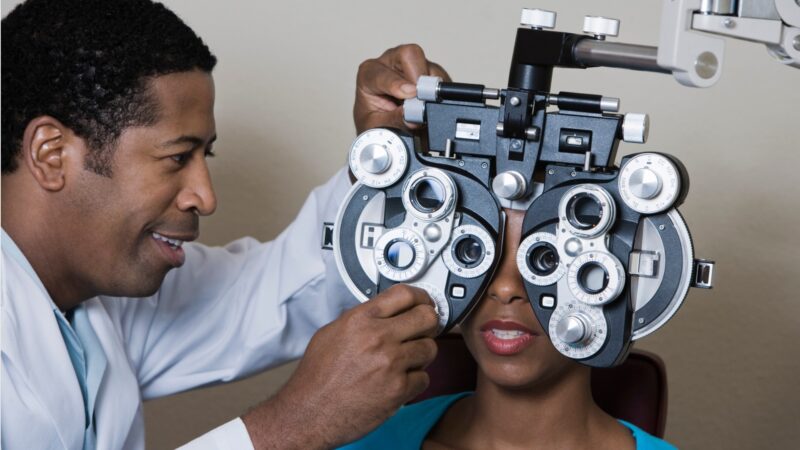Comparing the Differences Between PG-13 and TV-14 Ratings

The ratings of media content such as movies, television shows, and video games can be confusing to decipher. In the United States, two of the main ratings are PG-13 and TV-14. In this article, we will take a look at what each of these ratings mean, as well as the differences between them. We will also discuss how parents can use these ratings to determine what is appropriate for their children.
What Are PG-13 and TV-14 Ratings?
The Motion Picture Association of America (MPAA) assigns movie ratings to films that are released in theaters. The ratings range from G for General Audiences to NC-17 for Adults Only. The PG-13 rating indicates that the content may not be suitable for children under 13. It is typically used for films with violence, language, and other adult themes.
TV-14 is a rating assigned to television shows by the TV Parental Guidelines Monitoring Board. It indicates that the content may not be suitable for children under 14. It is usually used for television shows that contain strong language, sexual content, and other themes that may not be appropriate for younger viewers.
The main difference between PG-13 and TV-14 ratings is the age they are intended for. PG-13 ratings are typically used for films, while TV-14 ratings are typically used for television shows. Additionally, PG-13 ratings may be used for films with more mature content than TV-14 ratings, such as violence and graphic language.
The MPAA also has a more detailed system for rating films that go beyond the traditional PG-13 or R rating. Films can be rated PG for parental guidance, PG-13 for parents strongly cautioned, R for restricted, and NC-17 for adults only. TV-14 ratings are more limited and do not have an equivalent rating to NC-17.
Factors to Consider When Choosing Appropriate Content
When deciding whether content is appropriate for children, parents should consider both the rating and the content itself. A PG-13 rated movie may have a theme that is not appropriate for children, while a TV-14 rated show may have content that is suitable for mature viewers. It is important to read reviews or watch clips of the content to get a better understanding of what is included.
Parents should also consider the maturity level of their children and whether the content is appropriate for them. If a child is of an age where they can understand and process the content, then it may be suitable for them to watch. However, if the child is too young or immature, then the content may not be suitable for them.
Conclusion
PG-13 and TV-14 ratings are two of the main ratings used for movies and television shows in the United States. The main difference between the two ratings is the age they are intended for, with PG-13 ratings typically used for films and TV-14 ratings typically used for television shows. When deciding whether content is appropriate for children, parents should consider both the rating and the content itself, as well as the maturity level of their children.



